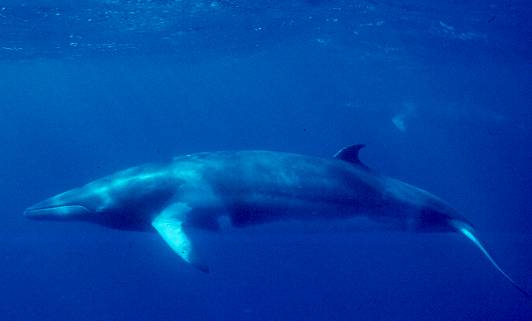Norwegian whalers have killed almost 500 minke whales in 2020, marking the industry’s deadliest whaling season in three years, according to recently-released statistics from the Fishermen’s Sales Organization (Råfisklaget). This year’s grim tally exceeds last year’s numbers by 52, and with the whaling season still underway, the death toll will rise.
This disappointing news comes amid the Norwegian Fisheries Directorate decision to relax numerous whaling regulations, encouraging more sea vessels to participate in the industry.
Norway formally objected to a 1982 global moratorium on whaling imposed by the International Whaling Commission (IWC) and resumed commercial whaling 11 years later.
Since then, Norway has fought adamantly to keep its whaling industry alive, despite a diminishing domestic demand for whale meat. To compensate, the country is increasingly exporting whale meat and blubber, as well as supporting the cruel fur industry by selling whale meat to fur farms as an animal feed ingredient.
Meanwhile, the Norwegian government is actively promoting the consumption of whale meat, with some schools even reportedly offering whale burgers on their cafeteria menus, according to the Daily Mail.
While North Atlantic minke whales are not considered endangered, commercial whaling could potentially spell disaster down the road.
“Nearly 70 percent of the whales being targeted by Norwegian whalers are females, many of whom are pregnant,” Animal Welfare Institute (AWI) marine animal consultant Kate O’Connell said in a press release obtained by Lady Freethinker. “This is irresponsible from a conservation perspective, as such a preponderance of females can impact genetic diversity and slow population growth. Worse still, the hunt has serious repercussions for animal welfare, as each year dozens of whales shot by grenade-tipped harpoons do not die instantly.”
The damage caused by overhunting has been shown throughout history. For example, Humpback whales were decimated during the 19th and early 20th centuries, and they’re still recovering decades after gaining protection under the Endangered Species Act (ESA) in 1970.
As the remaining handful of countries that participate in commercial whaling seek to expand the industry and ease back on regulations meant to protect these vulnerable creatures, history threatens to repeat itself.








